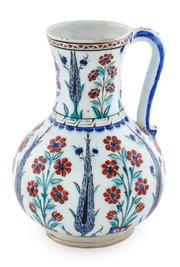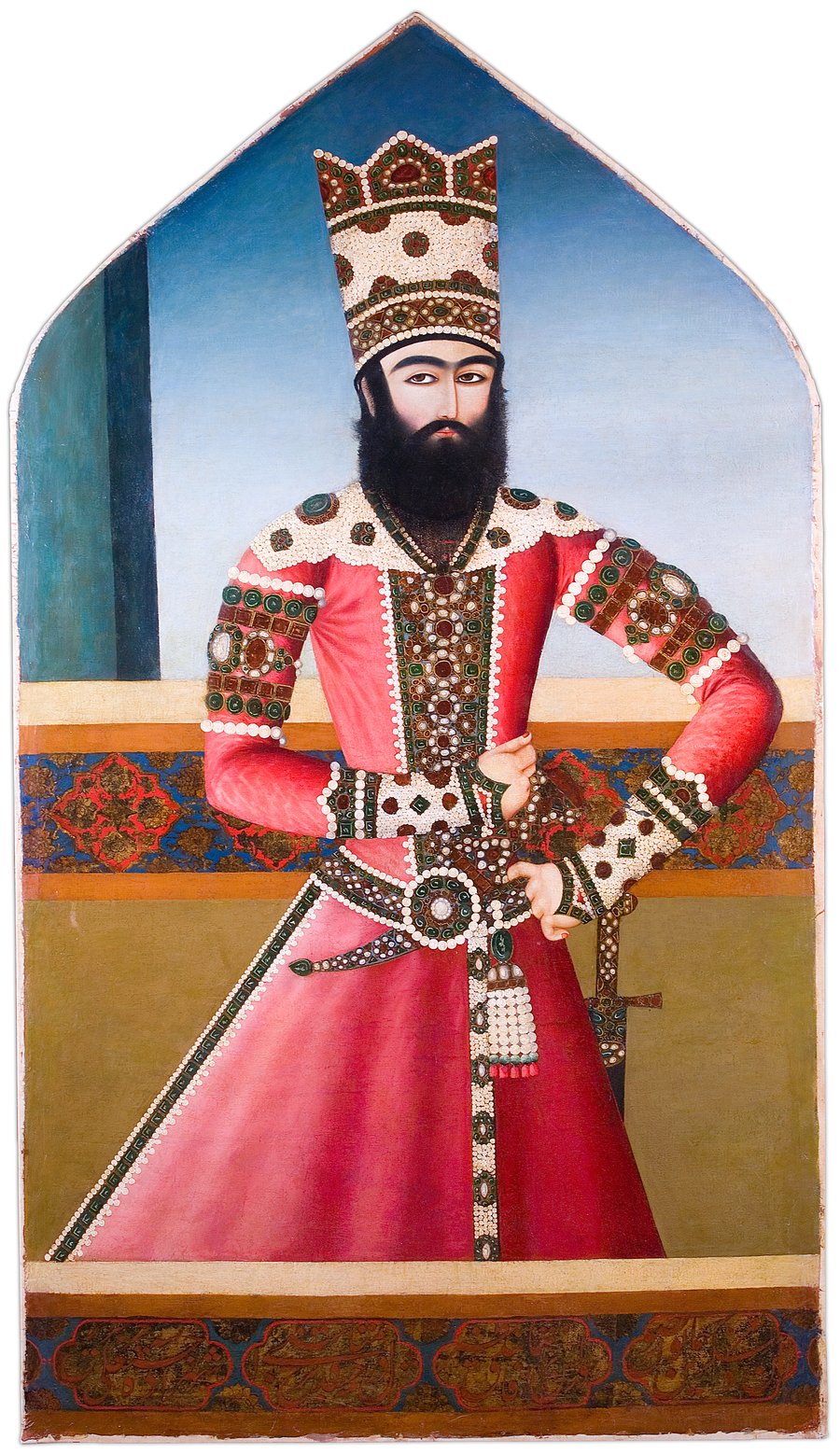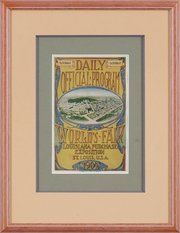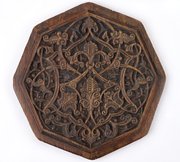
Portrait of Hasan Ali Mirza
Museum of Islamic Art
- Title:
- Portrait of Hasan Ali Mirza
- Artist:
- Mihr 'Ali
- Painter:
- Mihr 'Ali
- Production place:
- Iran
- Date:
- 1810 - 1815
- Period:
- Qajar
- Title:
- Portrait of Hasan Ali Mirza
- Artist:
- Mihr 'Ali
- Painter:
- Mihr 'Ali
- Production place:
- Iran
- Date:
- 1810 - 1815
- Period:
- Qajar
- Material:
- Oil paint, Canvas
- Technique:
- Oil painting
- Dimensions:
- 178.9 × 101.7 × 2.8
This life-sized oil painting of Fath ‘Ali Shah’s sixth son, Hasan Ali Mirza Shuja al-Sultana (1203-1270 AH/1789-1853 CE) is an excellent example of the Qajar dynasty’s use of imperial imagery to reinforce their political power. After Agha Muhammad Khan (1154-1212 AH/1742-1797 CE) established Qajar rule in 1208 AH/1794 CE, he and his immediate successor, Fath ‘Ali Shah (1185-1250 AH/1772-1834 CE) embarked on a program of creating an image of power for the new Qajar reign. Agha Muhammad was a eunuch, tribal leader and battle-scared warrior whose wizened face often invoked fear or disgust in those who beheld his terrifying countenance. Therefore, a more idealized vision of manly rule was created for the Qajars, one that symbolically reinforced the imperial legitimacy of their rule. For instance, the long black beards common to the portraits of Qajar men are indicative of the manliness of the Qajar rulers – a point that needed to be reinforced because the founder of the dynasty was a beardless eunuch. Furthermore, the elaborate court regalia depicted as colorful silk tunics embroidered with pearls and jewels and embellished with further valuable ornaments, such as jeweled belts and armbands and towering crowns, reinforced the image of imperial wealth. The sheathed dagger presented in portraits of Qajar rulers also indicated a veiled threat of violence to both foreign powers and possible rebels within the Qajar realms. This particular portrait, of Hasan Ali Mirza Shuja al-Sultana, is typical of the genre.



